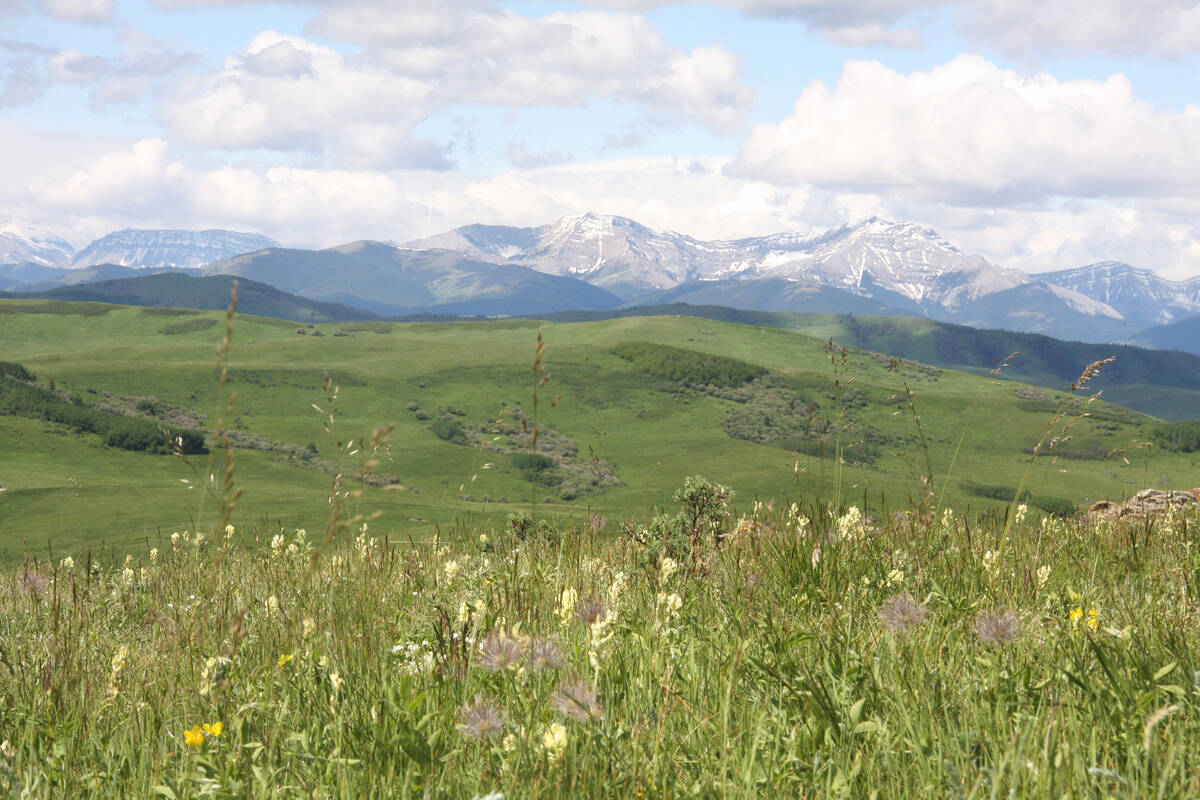Triticale has been languishing for years but its time has finally come, say a collection of researchers.
The rye and wheat hybrid failed as a food crop and never really caught on as a feed crop. But it has immense potential as an industrial crop in the emerging bioeconomy.
The Canadian Triticale Biorefinery Initiative is a collection of 60 scientists and engineers working on 30 different research projects designed to transform triticale into one of Canada’s leading industrial biorefining crops.
The group has received $7 million from Alberta and $15.5 million from the federal Agricultural Bioproducts Innovation Program to fund a 10-year research and development program that began in 2006.
Read Also

Selenium not deal breaker in coal mining: expert
Environmental scientist weighs in on coal mining debates in Western Canada, explaining selenium and the technologies and practices to lower its concentrations in nearby waterways to coal mining operations
Its vision is for three million acres of triticale grown in Western Canada by 2015 that will become the feedstock for multiple biorefineries.
“We can use the farming operation to support a new economy and that’s what we want to do with the triticale initiative,” said Francois Eudes, a scientist with Agriculture Canada’s Lethbridge Research Centre and one of two directors of the initiative.
He acknowledged the three million acre goal is a daunting challenge considering an estimated 200,000 acres of the crop is planted each spring, primarily for silage or grazing.
Triticale, which was developed in the 1950s and commercialized in the early 1970s, never caught on with farmers. It didn’t have the gluten required to make good bread, and hogs and cattle did not easily digest the early cultivars.
But researchers feel the combination of triticale’s agronomic and processing benefits make the crop ideally suited for the industrial bioeconomy.
Triticale is more vigorous and adaptable than wheat and yields 20 percent more than its cousin on average, with some farmers reporting 50 percent higher yields.
The crop is drought tolerant, grows well in marginal soils, has strong disease resistance and can be produced with existing farm equipment.
Researchers believe it would make an excellent feedstock for a biorefinery because the entire plant can be processed, it is a non-food crop and it produces a lot of usable material.
“We’re not too far off the biomass production of corn in the (U. S.) corn belt with much less inputs,” said Eudes.
The concept is to attract a commercial biorefinery that would use the seed and straw to produce a variety of products like building materials, animal feed, specialty chemicals, biodegradable plastics and biofuel.
Eudes said a small to medium-sized biorefinery would cost in excess of $100 million to build, which may necessitate the injection of outside capital.
“There is no large Canadian company that could really jump at such a venture, so we are looking also at American companies or European companies to come to Canada to do some business.”
The group has hired three consulting firms to seek out companies that may be interested in building a biorefinery or forming a consortium.
“By the end of March hopefully we will have made some progress,” said Eudes.
He believes one option worth exploring is retrofitting one of Canada’s existing pulp mills so it could process either wood or triticale.
Eudes said the closest thing to a biorefinery in Western Canada is the Permolex International ethanol plant in Red Deer, which produces bakery flour, gluten, livestock feed and power in addition to ethanol.
Tricale in the making
• Triticale is a rye-wheat hybrid bred using conventional plant breeding methods. It is not genetically modified.
• The first triticales were bred in 1876, and origins can be traced back to Scotland.
• Canadian work on triticale started in the 1950s.
• In 1972, the University of Manitoba released the first commercial spring variety.
• Early varieties faced problems with late maturation, weak straw, shriveled grain with low test weights and possessed a high rate of sterile florets.
• During the 1980s and 1990s, genetic improvements were bred into the Canadian varieties, which overcame many of the agronomic and processing quality problems.
• Triticale trials throughout Western Canada show it yields 10 to 25 percent higher than the highest yielding spring wheat varieties.
• Triticale matures 10 days later than wheat.
• Winter triticale matures as much as three weeks later than winter wheat. Its yields exceed or are equal to winter wheat.
• Silage yields from triticale usually exceed, but are at least equal to that of any other cereal crop.
• Triticale is not susceptible to many of the diseases that attack barley and is useful in breaking disease cycles in crop rotations.
• Barley grown on triticale stubble yielded 14.9 percent higher than barley on fields that have been continuously cropped barley on barley with the same variety. Barley on triticale stubble yielded 11.7 percent higher than continuous barley with rotated barley varieties, according to studies carried out in Alberta.
Source: Alberta Agriculture















